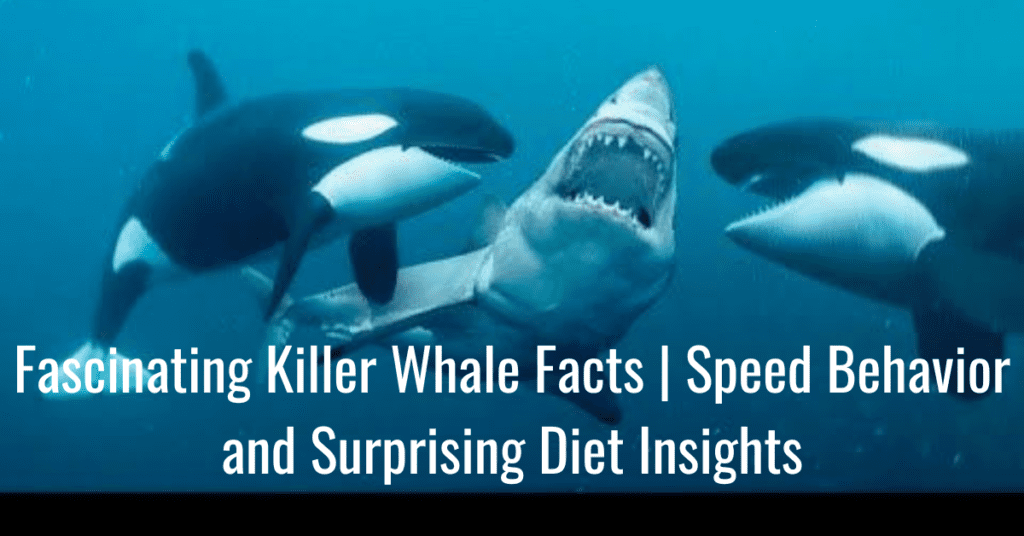Our topic is the Breathing and Diving Capabilities of Humpback Whales. I will explain each aspect of this topic very well from my experience and try to answer each question, so let’s start with the first important question.

How long can a humpback whale hold its breath?
Because humpback whales are mammals, they breathe like humans. Humpback wheels have a blow hole at the top of the head from which they draw breath. And it keeps its blowhole on the surface to breathe. When a humpback whale dives into the water.
It can hold its breath for up to an hour, giving the impression that it is breathing in water, but it is not. Scientists say that humpback whales keep half of their brains awake while sleeping at night so they can breathe. Indeed, this is an astonishing fact about Humpback whales.
How do humpback whales sleep?
Humpback whales also sleep like other whales and this is an essential process for them. In the 24 hours of the day, they go through several stages of sleep, such as after eating, because they have to move a lot to eat, so before the next meal, they rest on the surface of the water to complete their sleep.
Surprisingly, humpback whales and dolphins rest only half of their brain while sleeping, while the other half remains awake. If they don’t do this, they might forget to breathe and could suffocate by drowning in the water. Humpback whale calves sleep by swimming in the slipstreams of their mothers.
Does a humpback whale have teeth?
Humpback whales do not have teeth; instead, they have baleen plates made of keratin. The baleen plates are comb-like structures that help filter water out of their food, allowing them to swallow their prey.
How fast can a humpback whale swim?
Humpback whales are not very fast swimmers. They can reach speeds of 20 miles per hour for short periods, and during migration days, their average speed is around 3 to 6 miles per hour.
Are humpback whales dangerous?
A very interesting fact is that humpback whales weigh 40 tons and are 60 feet long. They keep their distance from humans because they are not predators. Humpback whales are filter feeders. They feed on small marine creatures like krill, which they filter from the water using their baleen plates. Their throats are so small that they cannot swallow humans. In this way, humpback whales are social and intelligent creatures.

Why do humpback whales slap their tails?
Reasons for tail slapping in humpback whales is to communicate with other whales. The collision of the tail with the water creates a loud sound that travels far in the water, especially when the whale feels threatened.
Tail slapping can be a form of play Humpback whales can also slap their tails to remove parasites or dead skin. The force of impact with water can help dislodge barnacles, lice, or other small organisms attached to the whale’s body.
How long are humpback whales pregnant?
Humpback whales have a 12-month gestation period, starting in August and giving birth the following August. The pups are up to 14 feet long at birth and nurse for more than 104 months. Nursing starts in August and ends around the following June or July. The estrous cycle begins again in July.


